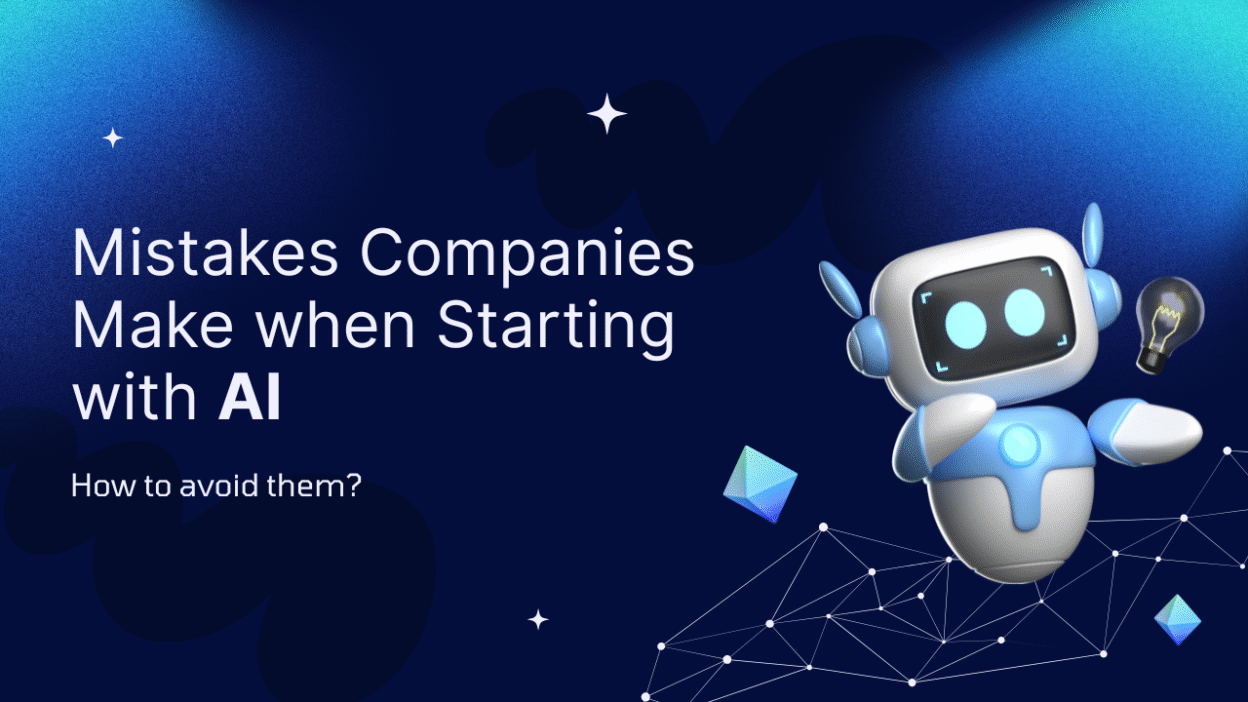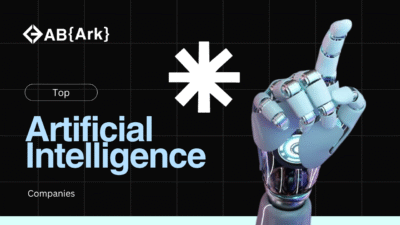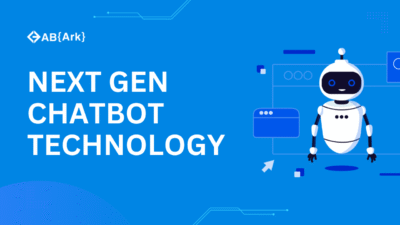It’s no secret that artificial intelligence (AI) is all the rage these days. The power of AI to streamline operations, cut costs, and drive innovation is evident in the power of personalized customer experiences and predictive analytics. A clear game plan is key to navigating AI successfully, as a blind dive could do more harm than good.
In far too many cases, companies rush into smart automation, dazzled by its promise, only to end up with half-baked projects, frustrated teams, and wasted resources. Studies show that 80 percent of AI initiatives are not successful in delivering meaningful business outcomes.
The good news? These failures are avoidable. In the course of implementing AI or already on the journey, understanding the common pitfalls and avoiding them can help you achieve success. In this blog post, we’ll look at five of the most common mistakes companies make when they begin using AI-and how to avoid them.
Mistake #1: Not Defining a Clear Business Problem
Why it’s a problem:
Jumping into AI without a well-defined goal is like launching a product without knowing the customer. AI isn’t magic—it’s a tool. Without a clear use case, you’re likely to end up with solutions in search of a problem.
How to avoid it:
Start by identifying a specific business challenge AI can solve. Whether it’s reducing customer churn, predicting inventory needs, or automating document processing, clarity is key. Use metrics to define success. For instance, “Use machine learning to reduce customer service response times by 30% within 3 months” is a clear, actionable goal.
Mistake #2: Ignoring Data Quality and Infrastructure
Why it’s a problem:
AI thrives on data—but not just any data. Poor-quality, incomplete, or unstructured datasets lead to poor performance and unreliable insights. Many companies underestimate the time and effort required to prepare and manage data pipelines.
How to avoid it:
Invest early in data readiness. That means cleaning data, ensuring consistency, removing duplicates, and filling gaps. Modern AI applications—especially those involving deep learning and NLP—rely heavily on high-volume, high-quality datasets. Also, make sure your IT infrastructure can handle large-scale processing or integrate with cloud-based AI tools like Google Vertex AI, AWS SageMaker, or Azure Machine Learning.
Mistake #3: Choosing the Wrong Use Case for a Proof of Concept (POC)
Why it’s a problem:
Many companies select overly complex or unscalable problems for their first AI Proof of Concept (POC), setting themselves up for failure. Others pick projects that might “wow” but don’t provide real business value or ROI.
How to avoid it:
An effective AI POC should be small enough to test quickly and valuable enough to scale. For example, a customer support chatbot using natural language processing (NLP) can be a great first step that saves time and improves user experience. On the other hand, attempting to build a full AI-driven recommendation engine from scratch might be too ambitious out of the gate.
Start with high-impact, low-complexity projects that offer measurable outcomes.
Mistake #4: Overlooking Ethics and Explainability
Why it’s a problem:
AI systems are often criticized for being “black boxes”—we know what decision they make but not how or why. This becomes especially problematic in industries like healthcare, finance, and law, where trust and transparency are critical. Ethical concerns also emerge when AI introduces bias, invades privacy, or lacks accountability.
How to avoid it:
Integrate Explainable AI (XAI) into your models from the start. Make transparency and fairness part of your model evaluation criteria. Consider open-source models or platforms that prioritize interpretability. Use human-in-the-loop systems where AI decisions are reviewed or augmented by real people.
Also, ensure your data collection and usage practices comply with regulations like GDPR or HIPAA.
Mistake #5: Failing to Upskill Teams or Align Stakeholders
Why it’s a problem:
AI implementation isn’t just a tech problem—it’s an organizational transformation. Companies often focus on hiring data scientists while neglecting to train existing employees or secure leadership buy-in. As a result, adoption is slow, internal resistance is high, and projects stall.
How to avoid it:
Build a cross-functional AI team that includes IT, operations, marketing, and business leadership. Provide ongoing AI
literacy training for your workforce so everyone understands what AI can and can’t do. Align on shared KPIs and ensure regular communication across departments.
Pro tip: Involve end-users early in development to ensure solutions meet real needs and encourage adoption.
AI is evolving rapidly, and new tools pop up daily—from GPT-4o and Claude to multimodal systems that handle text, image, and voice. But not every shiny object fits your business needs. Avoid the temptation to adopt tech just because it’s trending.
Instead, ask: “Will this tool help us serve our customers better, operate more efficiently, or make smarter decisions?”
Focusing on ROI, scalability, and integration with your existing workflows will always beat the flashiest features.
Start Smart, Scale Responsibly
Using artificial intelligence can be powerful – but only if it is approached thoughtfully. A company that wins with AI doesn’t have to spend lots of money or have the latest tools. They’re the ones that start small, think strategically, and stay focused on people as much as technology.
By avoiding these five common mistakes—vague goals, poor data, bad POC choices, ethical oversights, and lack of alignment—you can transform AI from a buzzword into a real competitive edge.
AI isn’t just about what’s possible. It’s about what’s useful, what’s ethical, and what’s right for your business. Contact our AI Engineers today for the free consultation




